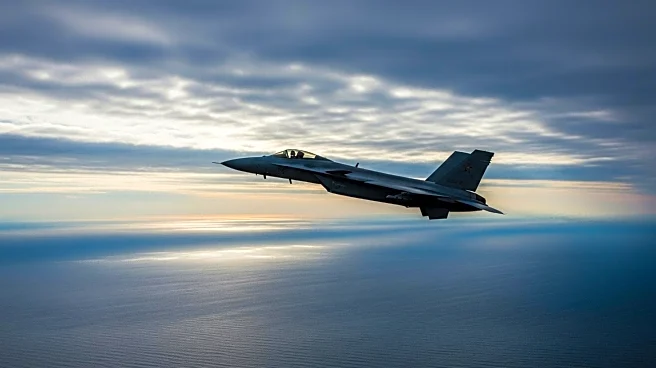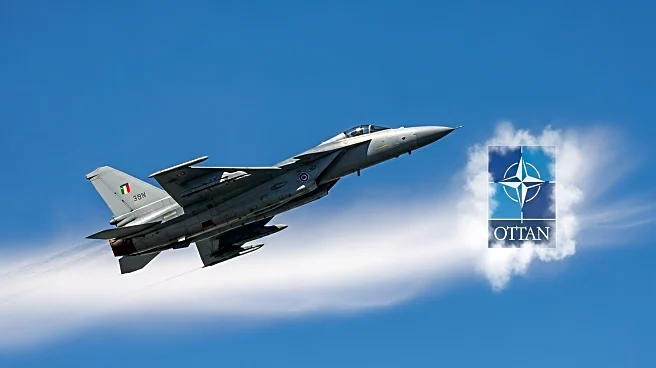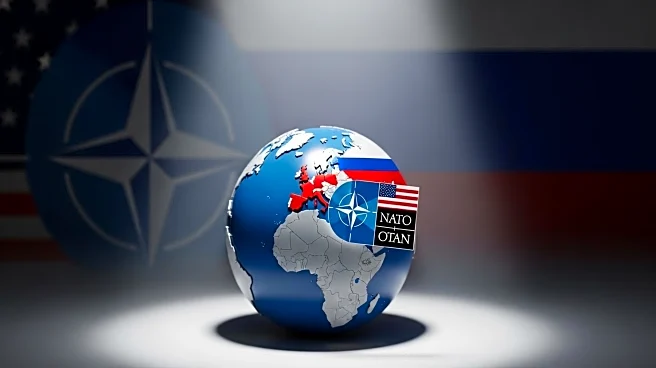What's Happening?
Russia has withdrawn its troops from Belarus following the Zapad-2025 military exercises, according to State Border Guard Service spokesperson Andrii Demchenko. The exercises, which took place from September 12 to 16, involved approximately 100,000 military personnel across 41 training grounds in Belarus and western Russia. Despite concerns from NATO's eastern flank, no hostile activity was observed near the Ukrainian border during or after the drills. The Zapad maneuvers, held every four years, focus on defensive operations but have historically raised concerns in Europe. Poland closed all border crossings with Belarus as the drills began. Russian President Vladimir Putin visited the Mulino training ground in Russia's Nizhny Novgorod Oblast to inspect the drills and review military equipment.
Why It's Important?
The withdrawal of Russian troops from Belarus following the Zapad-2025 exercises is significant for NATO and its eastern members, as it reduces immediate military tensions in the region. The exercises have historically been a point of concern for NATO due to their scale and proximity to member states. The presence of observers from NATO countries, including the U.S., Turkey, and Hungary, suggests a level of transparency that may help mitigate fears of aggression. However, the drills remain a tool for Russia to exert pressure on NATO's eastern flank, highlighting ongoing geopolitical tensions between Russia and Western nations.
What's Next?
With the conclusion of the Zapad-2025 exercises, NATO and its member states will likely continue to monitor Russian military activities closely. The closure of Polish border crossings with Belarus indicates heightened vigilance and preparedness for potential provocations. Future military exercises or movements by Russia could prompt further diplomatic or military responses from NATO. The alliance may also seek to strengthen its eastern defenses and enhance cooperation among member states to deter any perceived threats.











